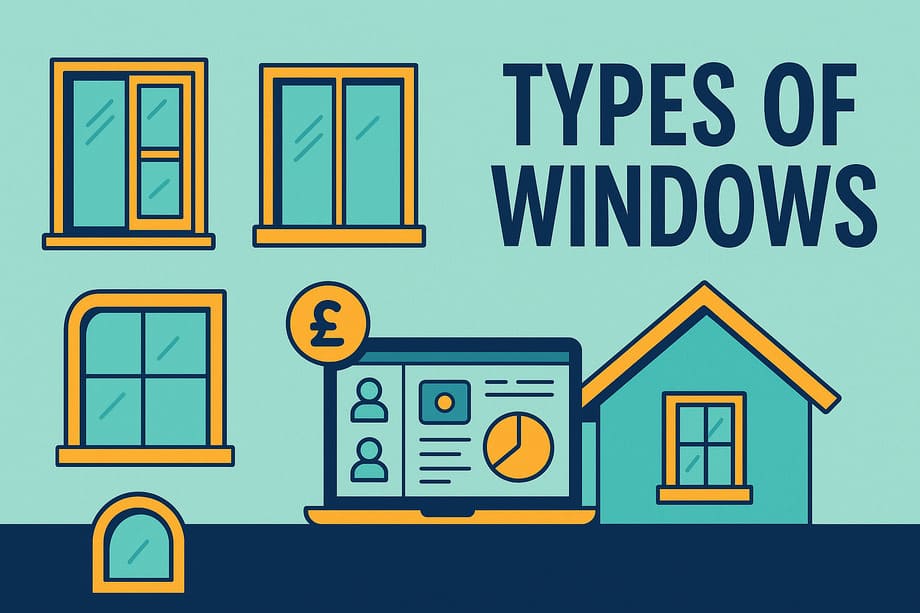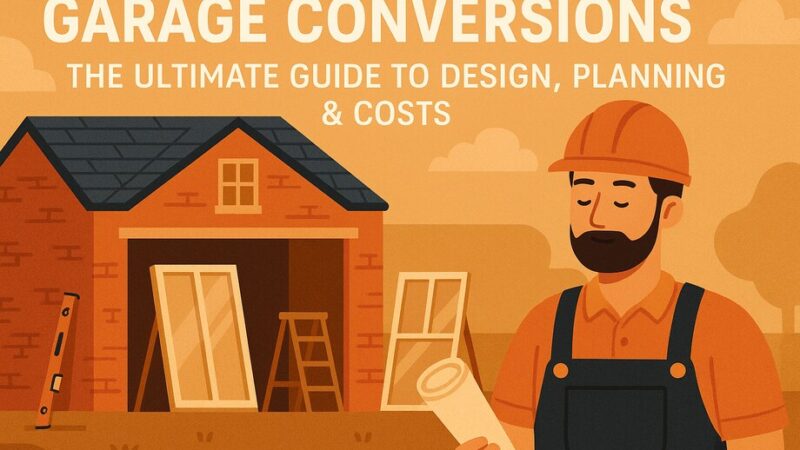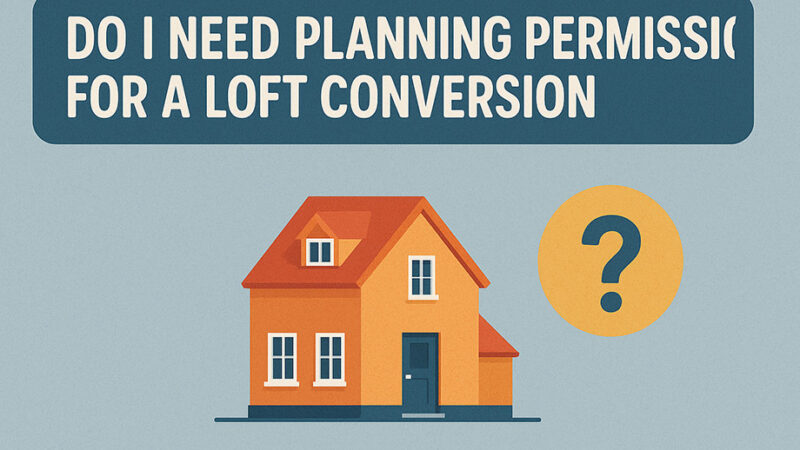Types of Windows – Which Window is Right for You?

There are many types of windows, each with a window frame style that suits different properties or spaces in your home. The question is, what are the different types of windows, and which window type is right for my property? We’ve examined the most popular types of windows below, from casement windows to roof windows. Learn more about each window type, its advantages, and styles so you can decide which is best for your home.
The 8 Different Types of Windows Explained
Sash Windows
Often considered to be the most aesthetically pleasing window that can add significant value to a house. Usually fitted in period properties, with a concentration in Georgian and Victorian homes. Many listed buildings and properties in conservation areas are required to have sash windows that must be replaced on a like-for-like basis.
What are sash windows? Sash windows are among the most popular timber windows and are perfect for most period properties. Available in a variety of colours and styles, sash window panes remain inside the frame. They open vertically up or down, with balancers that counter the sash weight.
The standard sash window has two framed panels that slide up and down crossing over, although some have one fixed panel. Upper floors must have restrictors fitted as a safety measure. The original design allows for a vented opening at the top and bottom of the window that can create a draw of air for superior ventilation.
Unfortunately, old sash windows require significant maintenance and usually end up being painted shut in older houses. As the frames age, they create gaps that rattle in the wind and allow blasts of cold air. Modern sash windows are constructed with spiral balances that allow easy opening and closing, with brushes that ensure a good seal when closed and can be double glazed for energy efficiency.
There Are a Few Different Types of Sash Windows:
- Single hung – One sash pane slides whilst the other remains fixed
- Double hung – Both sash panes will slide open to allow venting at the top and bottom
- Sliding sash windows – Stacked vertically and use modern spring mechanisms, with one or two moving panels that slide up and down independently
- Mock sash windows – Mimic classic sash but instead of a sliding system, they’re fixed or open like casement windows
Casement Windows
What are casement windows? Casement windows open outwards or inwards, usually by pushing a handle or turning a crank – hence their other name: cranking windows. Casement windows open the widest for maximum ventilation. Yet they are nice and tightly sealed when closed – making them highly energy-efficient and secure.
Hinged at the side and opening outward, a casement window functions much like a door and is usually opened with a handle or crank. The absence of a fixed central bar means you get a cleaner, wider view and plenty of fresh air when it’s open – perfect for rooms that need ventilation.
One benefit of casement windows is that they are great weather protectors. Even in the wettest and windiest conditions, they lock in place and are designed to run water away.
Types of Casement Windows:
- Standard casement windows – Sits flush within their frame for a minimal and classic casement look. They open outwards, or inwards on side-hinges
- Stormproof casement – The windows extrude slightly over the frames to improve weather resistance. The window sits slightly proud of its frame with a surrounding sealed lip for extra weather and water protection
Pros of casement windows:
- Costs tend to be lower because they are made in modular, standard sizes
- Great for ventilating rooms as they can open wide
- Suitable for many styles of home
- Easy to operate
Cons of casement windows:
- Can obstruct views when fully open
- Require outswing space outside to be opened up
- Hinges and hardware can require maintenance for smooth operation
Bay Windows
A bay window projects outwards from the face of a building, forming a recess within a room. A bay window can span more than one storey, as seen in many Victorian and Edwardian homes.
What are bay windows? A bay window typically comprises 3 protruding panels, making your internal space more spacious. Always looking lovely from inside and out, they allow light to enter from different angles. Your bay windows can also be designed to incorporate a window seating area – perfect for adding new dimensions to a flat wall in living rooms and kitchens!
Bay windows can function as a casement window or an awning window – where the sash opens near the top (or the bottom) away from the frame, creating an awning type effect.
There are different types of styles of bay windows including:
- Canted – The window is formed of straight front and angled sides
- Bow – Where the window structure is architecturally curved
- Oriel – Starting above ground level, an oriel window is supported by corbels or brackets as it jetties out from the main walls of a building
Bay windows of all styles have many advantages, including:
- Letting loads of extra natural light into a room from multiple angles
- Adding space which can be used as seating, for storage — or both
- Creating kerb appeal by enhancing the character of a house’s façade
Disadvantages of bay windows to be aware of include:
- More expensive than standard windows
- Can be complicated to install
- Standard curtains are not always an option — shutters and blinds can be better
Tilt and Turn Windows
True to its name, this window opens in two ways: tilt it slightly from the top for safe, subtle airflow, or open it inward like a door for easy access and cleaning. The tilt and turn design combines practicality with modern versatility, making it a popular choice across home styles.
Tilt and turn windows can either be opened to tilt inwards, usually from the top down, for ventilation, or to open from side hinges inwards (a bit like a casement in reverse). Some do both.
In general, positioning the handle downwards locks the window, engaging all the locking points. Turning the handle up to the top opens the window inwards. Turning the handle halfway horizontally tilts the window from the bottom.
Pros of tilt and turn windows include:
- Secure
- Good for those with small children who don’t want to leave windows fully open
- Great for smaller rooms where saving space is a priority
The cons of tilt and turn windows are:
- Limited ventilation when tilted inwards
- Expensive compared to standard casement windows
- More limited style options and look out of place on traditional properties
Sliding Windows
Designed with space efficiency in mind, sliding windows move horizontally along a track and are ideal for wide openings or compact areas where outward-opening styles aren’t suitable. Their smooth operation and contemporary look make them both functional and stylish.
The feature of this window is that one or more panels slide horizontally along a track. They function much like scaled-down patio doors, with sashes that glide horizontally along a track to open up space with ease.
Advantages:
- Move horizontally along a track, offering fuss-free operation
- Save space by not encroaching on the room when open
- Great for boosting ventilation and keeping things simple
Best suited to: Contemporary homes and mid-century designs that lean into clean lines and open views.
Fixed Windows
Fixed windows do not open and are best known as transom and picture window styles. These fixed windows are lesser-known window styles, but they are great for natural light and making a feature!
Fixed windows are just that, fixed, so they don’t open out or let in any ventilation. However, they do maximise opportunities for natural light throughout a home. As they don’t need to be made to incorporate an opening mechanism, there are endless designs and styles to play around with.
Types of Fixed Windows:
- Transom windows – Usually located over a window or door’s transom. Usually narrow, these windows mount around a door or window, allowing abundant light to flow
- Picture windows – Large panes of glass fitted where an opening window is not needed. They create a picture of your view and are perfect for spaces where you wish to enjoy additional sunlight or stunning vistas
Pros of fixed windows:
- Can be made in enormous sizes to maximise views
- Suit all styles of houses
- Can be designed in a massive number of styles and materials
Cons of fixed windows:
- Provide no ventilation
- Very large sizes can cause overheating if not properly designed
Roof Windows
Types of windows set into your roof can be flat skylights, set flush with your roof, or roof lanterns, which are pitched roof windows. A roof lantern is a protruding pyramid that fits on top of a flat roof and lets light in from all sides.
Introducing roof windows can work wonders to bring in natural light where conventional windows can’t be installed. You will see roof windows (or skylights) and roof lanterns in orangeries, conservatories, and small extensions. They are perfect for tight spaces because light floods into your room from the highest point.
The term roof windows tends to encompass:
- Roof lanterns – Architectural features that are fitted into the roof to allow light into the space below
- Rooflights – Windows fitted into the roof that can lie flush with the roofline or sit slightly proud
- Skylights – Fixed windows that follow the roofline
Pros of roof windows:
- Allow in plenty of bright, natural light and give sky views
- Often allowed by planners where standard windows are not
- Perfect for loft conversions
Cons of roof windows:
- Can leak if not properly installed or sealed
- Harder to reach to clean
- Blinds can be expensive to buy and fit
Flush Windows
Flush windows sit completely level with the outer frame, delivering a neat and understated appearance. They’re often chosen to mimic traditional timber windows but are usually crafted from UPVC or aluminium, offering a heritage look with the benefits of modern performance.
Unlike traditional windows that slightly project from the wall, flush windows capture attention with their perfectly aligned frames that sit level with the wall, creating a sleek and modern aesthetic.
Features:
- Blend effortlessly with the exterior walls
- Enhance the clean and sharp lines of modern home designs
- Often finished in classic shades such as Light Oak
Best for: Whether it’s a contemporary or period property, a flush window configuration adds an element of sleek elegance for those who appreciate modern simplicity.
Different Types of Windows Made with Care
When choosing what type of windows to have in your home, several factors should guide your decision:
How to Choose a Window Type
Match the architectural aesthetic of your home If you have a Victorian home you may choose to match the traditional sash window style from that period, or perhaps opt for cottage windows in an older Georgian building.
Consider their location in your home Find the windows in your property that are west facing and those in the darkest parts of the house. It could help inform the style you choose to make the most of the natural light.
Think about ventilation When choosing what type of windows to have in your home, it is worth considering how ventilated you need your property to be as airflow might impact the design you choose.
Coordinate with your décor Dual-colour window options mean you can pick a coloured exterior shade for your window frames and a white interior. The white inside keeps colours from clashing, and the coloured exterior provides a brand new look.
Consult your budget Some window types or materials are more costly than others, so if you are working to a budget it is worth getting a quote for each option you want to explore.
Which Are the Cheapest Types of Windows?
Casement windows tend to be the cheapest option, particularly if you opt for those in standard sizes. At the upper end of the price scale lie bay windows.
Fixed windows can also be cost effective, although this will very much depend on their design and size.
UPVC is the cheapest frame material option, with aluminium and timber working out to be more expensive.
Which Are the Most Energy Efficient Type of Windows?
The energy efficiency of a window is about far more than window type — the glazing, material and installation will all play a part. Double and triple glazed windows are more thermally efficient than single glazed.
When discussing window types in particular with regards to energy performance, there are factors worth bearing in mind:
Fixed windows tend to be amongst the best as they have no opening mechanism and therefore a good seal against the elements. Sash windows can be at the other end of the scale thanks to the way they move against each other, though sash window technology has drastically improved over the years.
Window Frame Materials: What Are the Options?
When fitted, window frames don’t just hold your glazing in place – they frame the style of your entire home. Most homeowners choose between four main types:
UPVC
Standing for unplasticised polyvinyl chloride, UPVC window frames are a popular pick thanks to their thermal efficiency, low upkeep and long-lasting finish. Immune to rust, rot and discolouration, they’re widely available in different colours and profiles.
Aluminium
Aluminium frames are lightweight but incredibly strong. They’re resistant to rust and weather damage, with slender sightlines that lend themselves well to contemporary designs.
Timber
Natural timber brings character and warmth to a home, with unique grain detailing and timeless appeal. However, genuine wooden frames do call for regular maintenance to preserve their condition long-term.
Composite
Crafted from a blend of timber, plastic and other materials, composite frames are built for performance. They deliver the aesthetic of timber without the hassle, resisting warping, swelling and heat loss.
Our Expert View On How To Choose A Window
The type of window you choose can depend on the type of property you have – period or modern. And the functions you want for that window and the room itself. Not every window will open and you may want only certain windows to open in a particular way.
For instance, heritage properties are better suited to traditional sash windows, and if you have a listed building, these might be your only option. In comparison, casement windows are usually your best choice if you have a modern home.
Your window should match the character of your property while fulfilling the function your lifestyle demands. Consider who the window is for – if it’s a child’s room, you will want to consider their reach, how the window opens, and safety functions.
Last Updated on August 26, 2025 by James Cartwright







